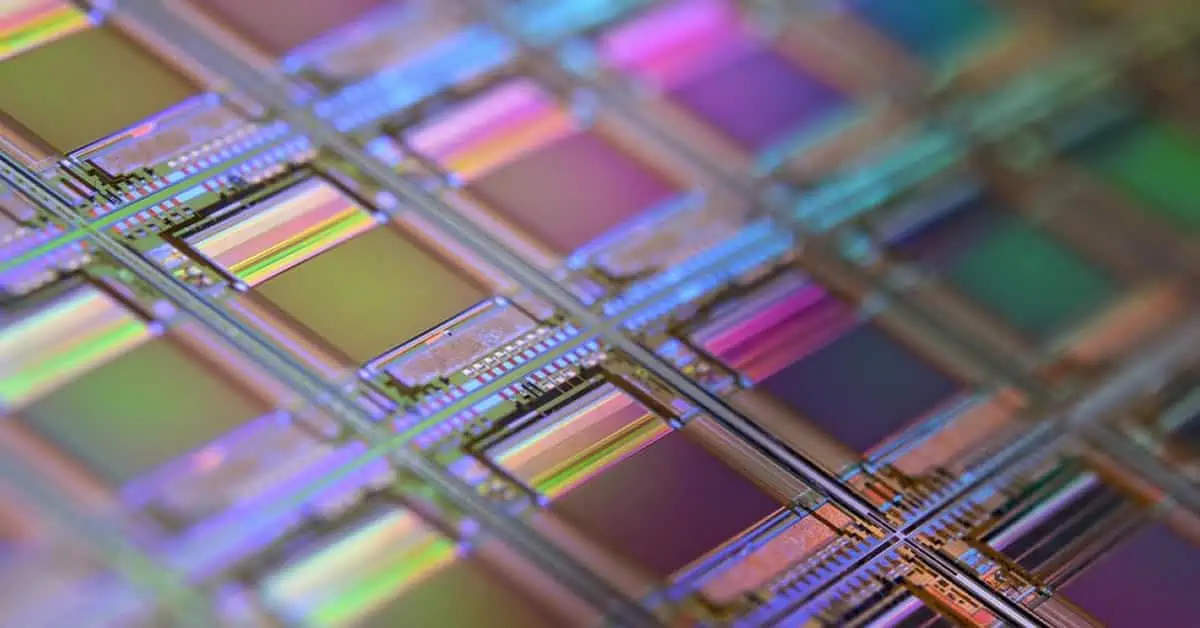The chip shortage is real and it’s not going away any time soon. The number of new vehicles shipped to American dealerships was down 26 percent in February 2021 compared to February 2020.
But what—if anything—does the shortage actually mean for your dealership today and the rest of 2021? We break it all down below in Q&A format.
Q: So what exactly is the chip shortage?
For several reasons, semiconductor production is down significantly around the world. New vehicles can have up to 3000 semiconductor chips, powering everything from fuel injection to infotainment systems.
The shortage has hit automotive extremely hard because though we like to think of ourselves as members of a huge industry, we’re relatively small compared to the gaming and smartphone markets. For example, in 2019, before COVID disruptions, automotive factories around the world produced 93 million new vehicles. During those same 12 months, 1.4 billion smartphones were produced. This 15x market size (and purchasing power) has enabled smartphone manufacturers to gobble up most of the diminished supply of chips in 2021, leaving automotive to fight for the scraps.
Q: What caused the shortage?
Mostly COVID. Several chip production factories have intermittently shut down for outbreaks, exacerbating the shipping delays caused by heightened protocol at ports across the world. But the pandemic isn’t the only cause. The February storms in Texas temporarily knocked out three large semiconductor factories, as did a severe drought in Taiwan—where 10% of the world’s supply is made. The disasters of the last 15 months have gathered together into a furball choking out global chip production.
Q: How long will the shortage last?
While there are long-term signs of hope, including widespread vaccine rollouts, there is not much relief to look forward to in the months ahead. The White House held a chip shortage summit earlier this month where it discussed earmarking billions of stimulus dollars to jumpstart chip production. But for now the conversation seems to have yielded the opposite immediate result; chip producers are now in a holding pattern waiting to see if they’ll receive free government money before building new factories on their own.
Q: What does all this mean for my dealership?
The short answer is, it depends. The chip shortage has affected car production unevenly across geographies, makes, and models. According to Car and Driver, Volkswagen and Hyundai production have been bit particularly hard by the shortage. The Ford F-150 and The Jeep Grand Cherokee also make the list, proving that American vehicle production is not immune from the semiconductor scarcity.
Q: So what should our dealership do to keep inventory numbers up?
The natural response is to double down on used vehicle inventory—but it’s not that simple. TrueCar reports that used vehicle sales were down 6% year-over-year in 2020 compared to 2019. The causes for the dip were also pandemic-related as public transportation closures made drivers more reluctant to sell their vehicles.
Accordingly, your dealership needs to grow increasingly bold in the used vehicle market. The good news is AutoFi here to help. AutoFi’s trade-in solutions give dealers innovative ways to acquire inventory. Estimation tools and automated instant cash offers help sellers unload pre-owned cars, which dealers can sell at higher margins. Last month alone, AutoFi processed trade values on almost 25,000 used vehicles helping partners sell and source high-quality used inventory.
The chip shortage is likely to persist into 2022, as will significant declines in new vehicle production and inventory. To continue to outpace the competition, you need to re-allocate budget so your technology tools align with realities on the ground. Get started with AutoFi today.

